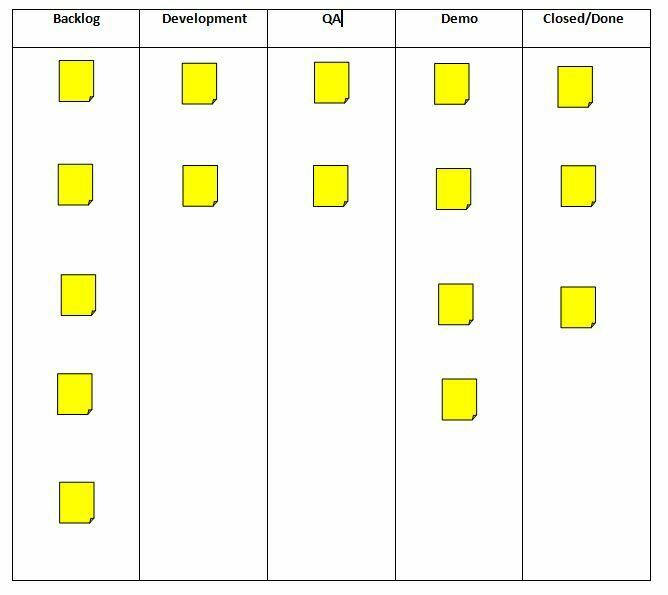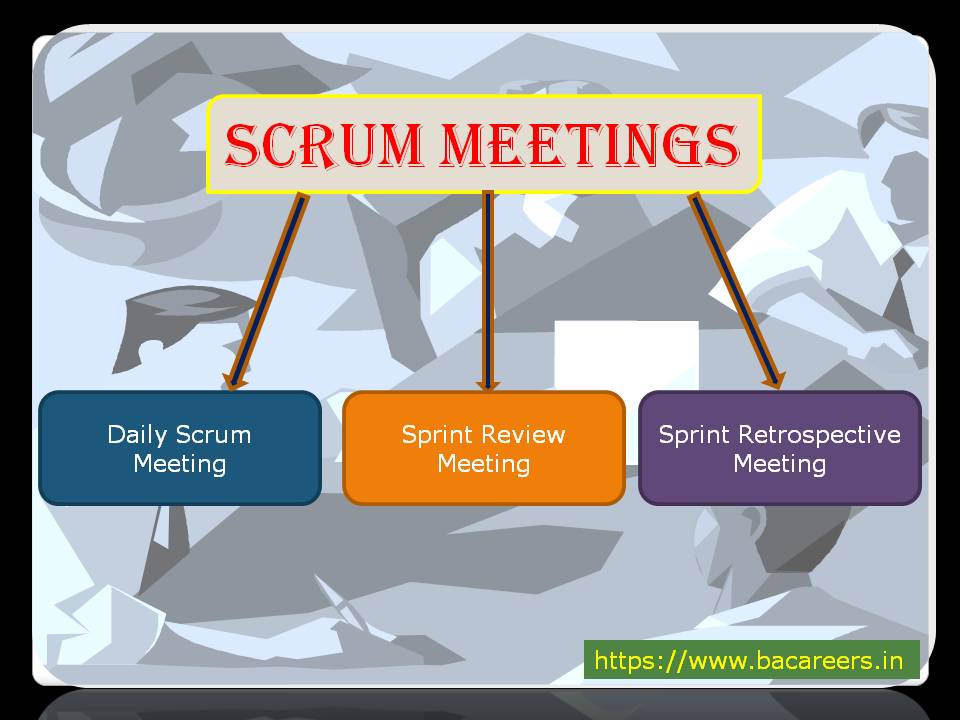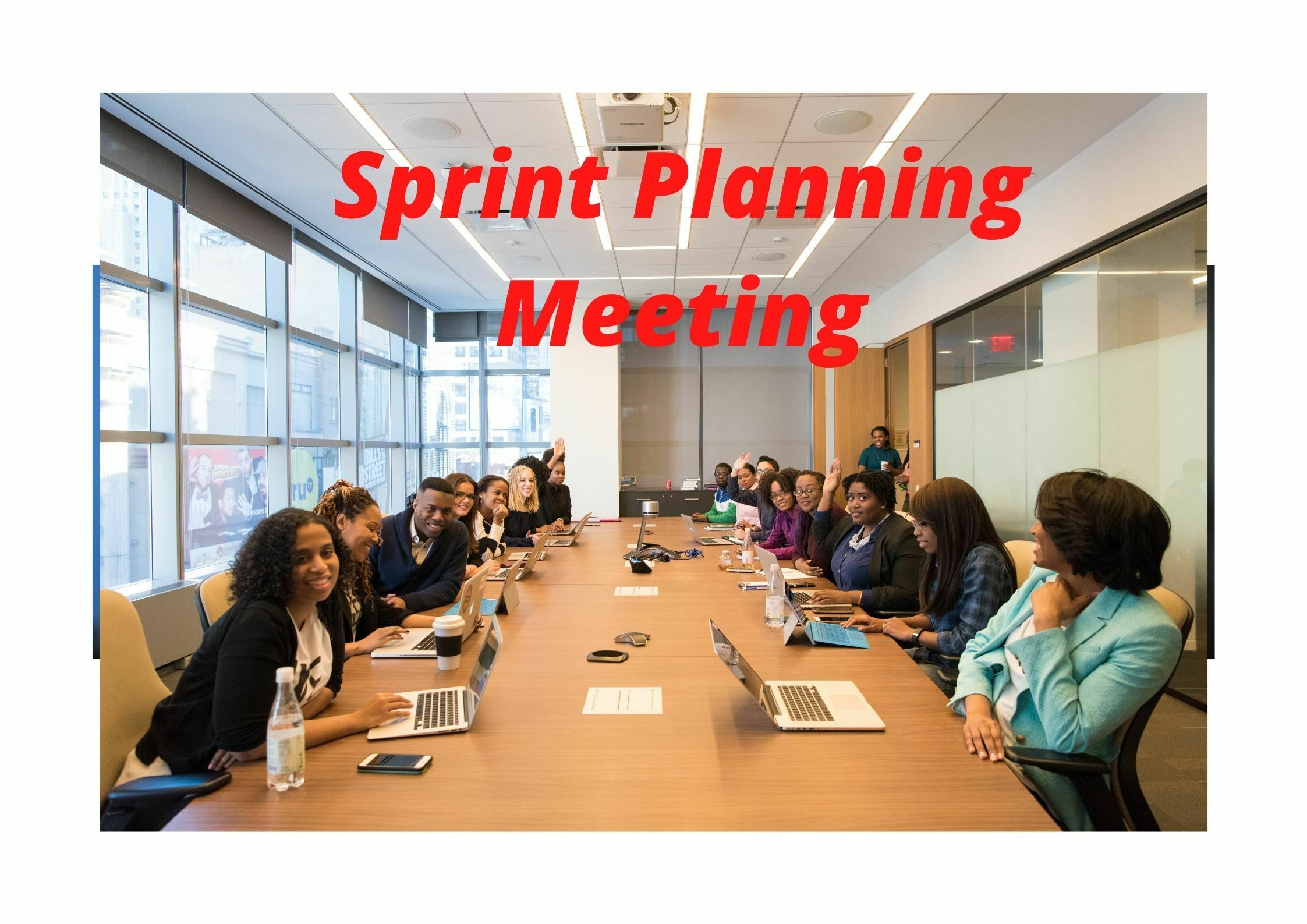I want to discuss about RACI Matrix, what RACI Matrix is and what the advantages are by using this in this article.

Topics Covered in this Article:
What is RACI matrix?
What is a RACI chart?
What does RACI stand for?
RACI definitions
Advantages of a RACI chart
When to use a RACI matrix
How to create a RACI matrix: Example & template
RACI matrix rules
What is RACI matrix?
I will try to explain in simple words, when we are working in an organization or in a project, we should know who Responsible is for what tasks and who is Accountable. It helps to track the project that particular task is pending with whom or assigned to whom. So to understand that, will prepare RACI chart.
What is a RACI chart?
A RACI chart is a simple matrix used to assign roles and responsibilities for each task, or decision on a project. By clearly mapping out which roles are involved in each project task and at which level, you can eliminate confusion and answer the project question, who’s doing what?
What does RACI stand for?
RACI stands for Responsible, Accountable, Consulted, and Informed. We can observe each letter represents the tasks responsibility.
RACI definitions
- Responsible: Team member does the work to complete the task. Every task needs at least one Responsible member, but as per project we can assign more.
- Accountable: This member assigns the work. And this member reviews the completed task before delivery. On some tasks, the Responsible party may also serve as the Accountable We should ensure to each task should assign to one Accountable person.
- Consulted: These members provide inputs based on their domain experience or knowledge. They can also provide inputs on how it will impact on future project.
- Informed: These team members simply need to be marked in the loop on project progress.
Advantages of a RACI chart
- A RACI matrix helps us to set clear expectations about project roles and responsibilities.
- It helps us to avoid multiple people work on same task.
When to use a RACI
If you want to know who is performing which task then RACI will help you to understand easily. It avoids the confusion in team.
- The decision-making or approval process could hold up the project.
- There’s conflict about task ownership or decision-making.
- The project workload feels like it’s not distributed evenly.
And please understand we need to create RACI matrix based on the project and team. This is not same for all the projects and teams. We need to assign the roles as per our requirement and our project.
How to create a RACI
We can create a RACI matrix easily and quickly with using Excel. We need not to learn any new software or technology to create RACI matrix. However we need to understand the roles and who is going to own that particulars tasks to prepare.
- Enter all project roles or team member names across the top row.
- List all tasks, milestones, and decisions down the left column.
- For each task, assign a responsibility value to each role or person on the team.
RACI chart Example
RACI Rules.
Once your RACI chart is complete, review it to be sure it follows these simple rules:
- Every task has at least one Responsible person.
- There’s one (and only one!) Accountable party assigned to each task to allow for clear decision-making.
- No team members are overloaded with too many Responsible tasks.
- Every team member has a role on each task.
- If we have a lot of Consulted and Informed roles on our matrix, then we can share the common link to access the project.

Business Analyst , Functional Consultant, Provide Training on Business Analysis and SDLC Methodologies.










